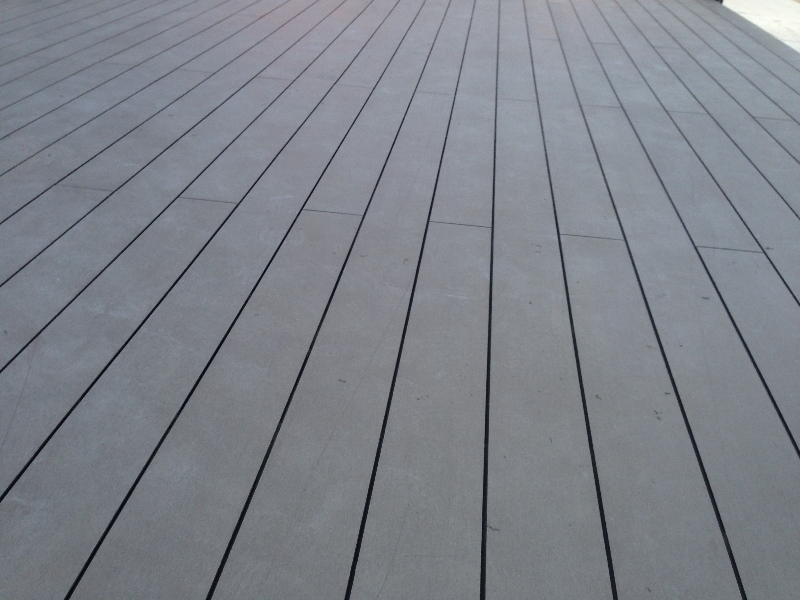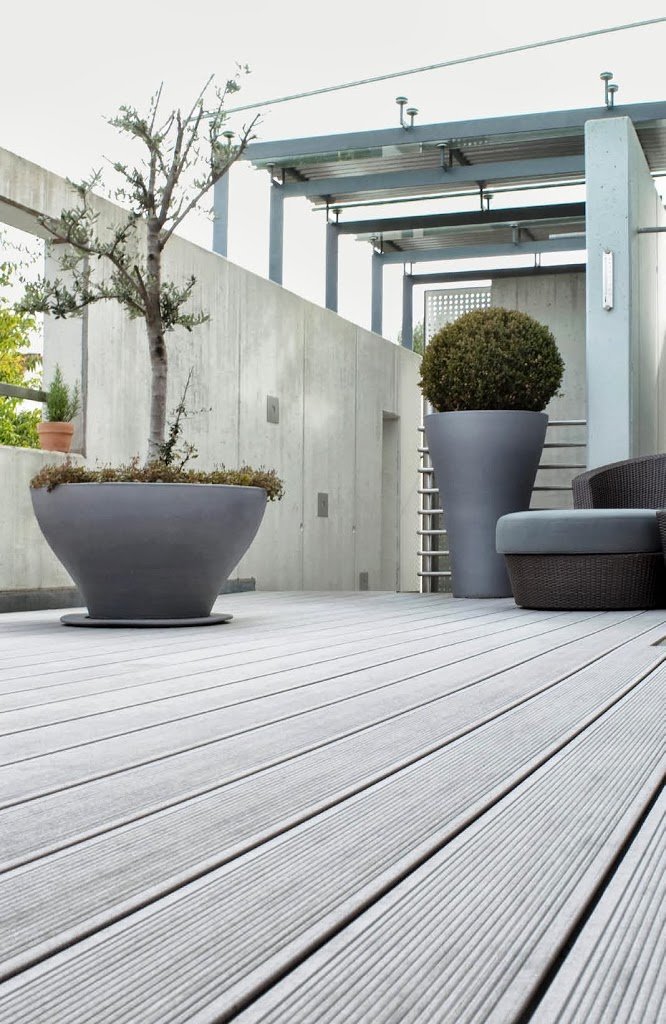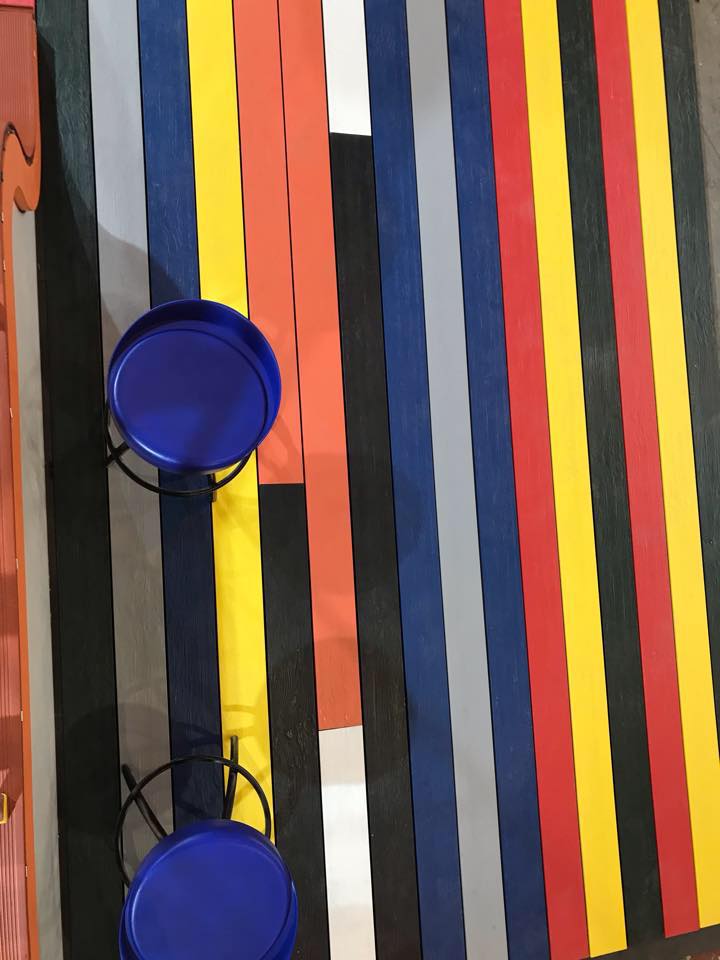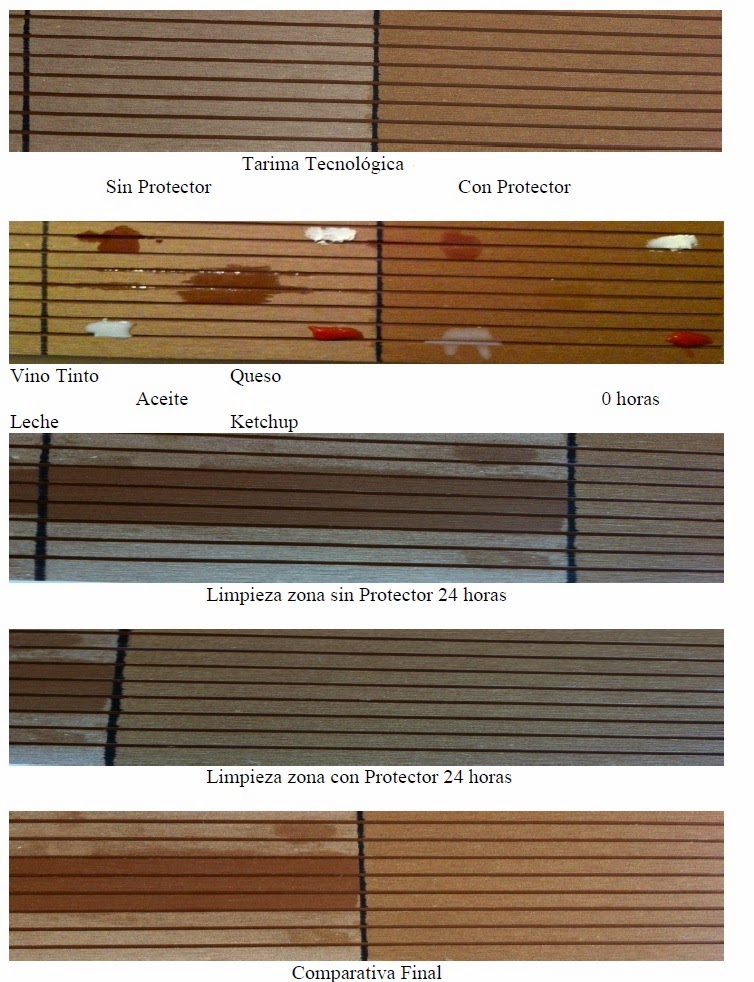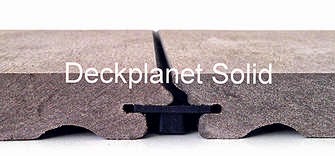What to know about synthetic woods for outdoor use
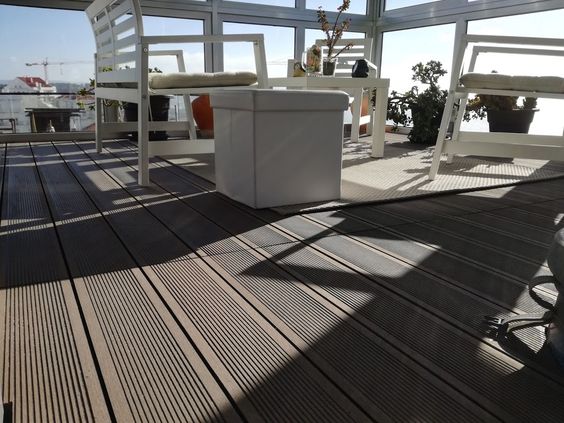
What are wood-plastic composites (WPC)? WPC, also known as natural fibre-polymer composites, are a mixture of wood, thermoplastic resins and other additives. Wood can be used in various forms, however, it is commonly used in the form of wood flour (fine particles).
Some of the thermoplastic resins include low- and high-density polyethylene (LDPE, HDPE), polypropylene (PP), and polyvinyl chloride (PVC). Any of the recycled or virgin plastic materials could be used to produce WPC. In general, polyethylene-based WPCs tend to be more thermally stable and ductile in nature and polypropylene-based WPCs have a higher stiffness and tend to be more brittle in nature.

The outdoor technological wood decking use composite formulations that also include additives, such as lubricants, inorganic fillers, colourants, UV stabilisers, biosides and fire retardants. Similarly, lubricants are used to aid in the processing of WPC, as well as inorganic fillers to aid in improving the properties of its components, and finally, biosides, which improve resistance to decomposition.
The way WPC can be produced is either by injection extrusion, moulding, casting or compression moulding. Extrusion is the most commonly used processing technology for the manufacture of synthetic wood products. WPC products are ideal for outdoor use. Current WPC applications include decking, railings, fences, fencing, automotive interior parts, cladding, facades, walls, doors and window frames. A report published by the Pacific Northwest Pollution Prevention Center states the following about WPC: "WPC is an alternative source of building materials composed of plastic waste and natural fibres, which can be used to manufacture synthetic wood and wood-plastic composite materials that resist insect attack and moisture without chemical preservatives.
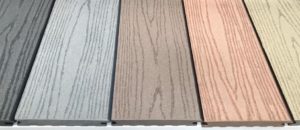 In King County, plastic play structures, picnic tables, bus shelters, and bridge timbers have been experimented with. The Sleeping Lady complex in downtown Washington installed exterior wood decking of this composite material. The Navy is working on the use of composite materials in conjunction with Washington State University and the Engineering Center in the development of a wood-plastic composite for the pier construction. The composite is made from wood and recycled plastic from milk bottles. The aim is to produce a material that can withstand the marine environment, without the use of hazardous preservatives such as pentachlorophenol.
In King County, plastic play structures, picnic tables, bus shelters, and bridge timbers have been experimented with. The Sleeping Lady complex in downtown Washington installed exterior wood decking of this composite material. The Navy is working on the use of composite materials in conjunction with Washington State University and the Engineering Center in the development of a wood-plastic composite for the pier construction. The composite is made from wood and recycled plastic from milk bottles. The aim is to produce a material that can withstand the marine environment, without the use of hazardous preservatives such as pentachlorophenol."The main drivers for the acceptance of WPC in society are the following arguments: Better utilisation of resources Improved performance / appearance attributes over existing products Strict regulations on the use of chemicals in building materials Gaining acceptance among builders Improved cost-benefit ratios and life cycles.

